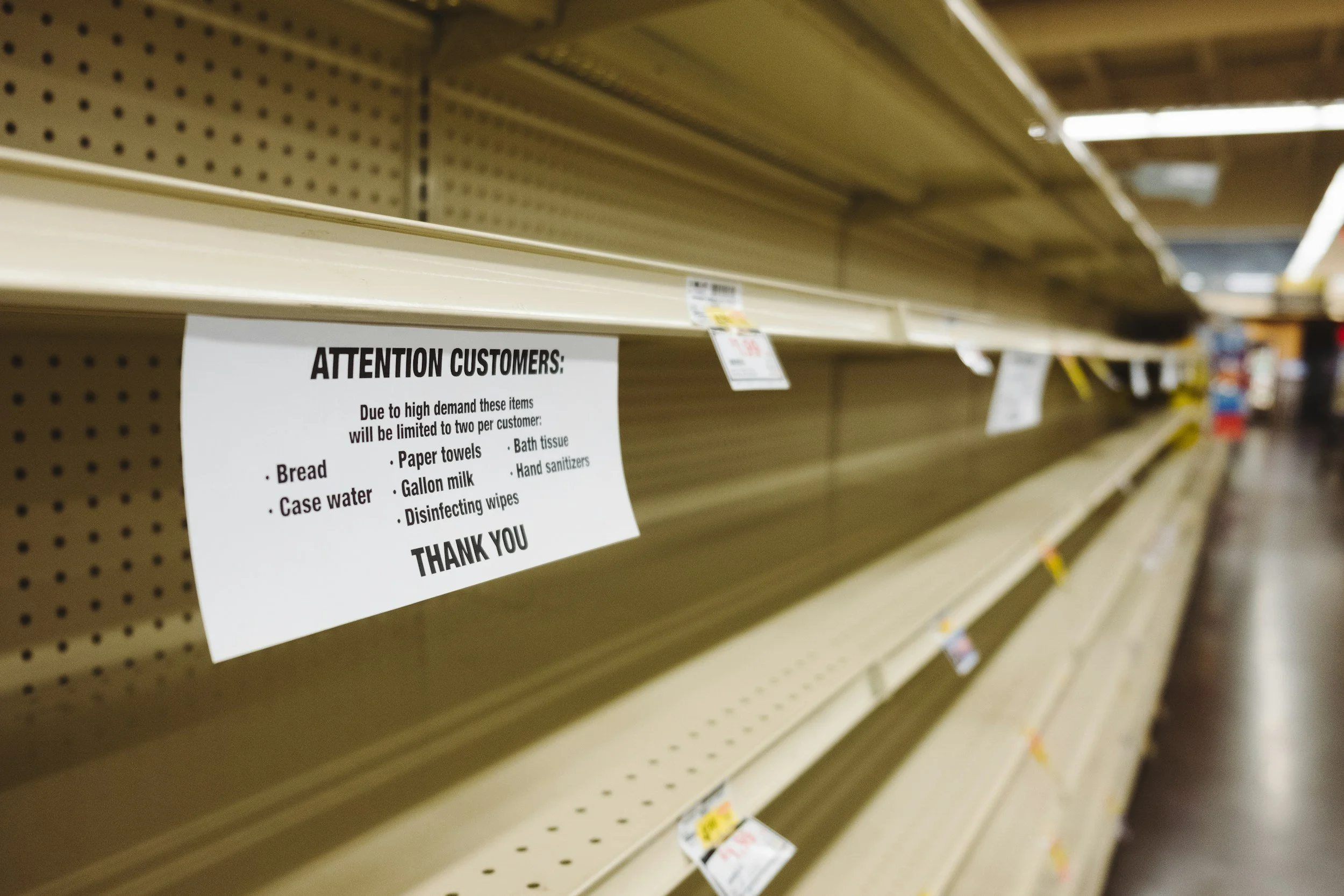What to Do When Your Best Seller Keeps Running Out
If your best-selling product is flying off the shelves faster than you can replenish it, congratulations! You're offering something your customers love. However, consistent stock shortages can cause frustration for both you and your buyers. Out-of-stock situations lead to missed sales, reduced customer loyalty, and even push potential customers toward competitors. But don’t worry—there are steps you can take to solve this.
1. Analyse Your Sales Data
Your first step should be to analyse the data behind your product’s sales performance. Look for trends such as:
Sales spikes during certain times (e.g., seasons, holidays, promotions).
Patterns in restocking and how quickly products sell out.
Customer behaviour, like how long people are willing to wait for a restock.
Use these insights to predict demand more accurately and adjust your inventory accordingly. At Optimal Ascent, we focus on leveraging data-driven strategies to refine forecasting and inventory optimization for businesses just like yours.
2. Build Strong Supplier Relationships
Running out of stock often comes down to a supplier issue. Strengthen your relationships with suppliers by being proactive:
Discuss your growing demand and negotiate priority restocking.
Consider diversifying your supplier base to avoid dependency on a single source.
Collaborate on lead times to ensure product availability aligns with sales patterns.
By having a reliable, responsive supply chain, you'll minimize the risk of long stock outages.
3. Invest in a Safety Stock Buffer
Safety stock is essentially an extra buffer of inventory that helps absorb any unexpected spikes in demand. By holding a certain percentage of stock on hand beyond what your forecast suggests, you reduce the risk of running out completely. This tactic works especially well for top-selling items with consistent demand.
4. Implement Pre-Orders or Waitlists
A great way to maintain customer interest during stockouts is by offering pre-orders or waitlists. This tactic ensures customers can still commit to purchasing the item even if it's temporarily unavailable. Plus, it gives you a clearer idea of how much additional stock to order.
Not only does this enhance customer experience, but it also provides real-time data to help you make better restocking decisions.
5. Automate Your Inventory Management
Out-of-stock situations can often be avoided by streamlining your inventory management process. Use inventory management software to track real-time stock levels, forecast future demand, and set up automatic reorder triggers when stock runs low. Automation not only reduces the likelihood of running out but also saves you valuable time.
At Optimal Ascent, we help small businesses implement efficient inventory management systems to prevent costly mistakes like stockouts.
6. Communicate with Your Customers
Transparency with customers during stockouts is crucial. When your best-seller is running low or out of stock, make sure you:
Set expectations on restock dates.
Offer alternative product recommendations.
Communicate restock alerts through email, SMS, or social media.
Effective communication helps you maintain trust, ensuring customers are more likely to return rather than seeking alternatives elsewhere.
7. Regularly Review and Adjust Your Strategy
Inventory management isn’t static—it requires constant review. As your best-sellers evolve and market conditions change, reassess your sales patterns, supplier efficiency, and inventory levels to stay ahead. Keep in mind that overstocking is equally risky, as it ties up capital and leads to waste if products go unsold.
Conclusion
Running out of your best-selling product may seem like a good problem to have, but it’s still a problem that can negatively impact your bottom line. By analysing your sales data, building better supplier relationships, maintaining a safety stock, and automating your processes, you can keep your shelves stocked and your customers happy.
Need help optimizing your inventory and avoiding costly stockouts? Reach out to Optimal Ascent for expert consulting that focuses on sustainable sales growth and efficient inventory solutions for small businesses.

